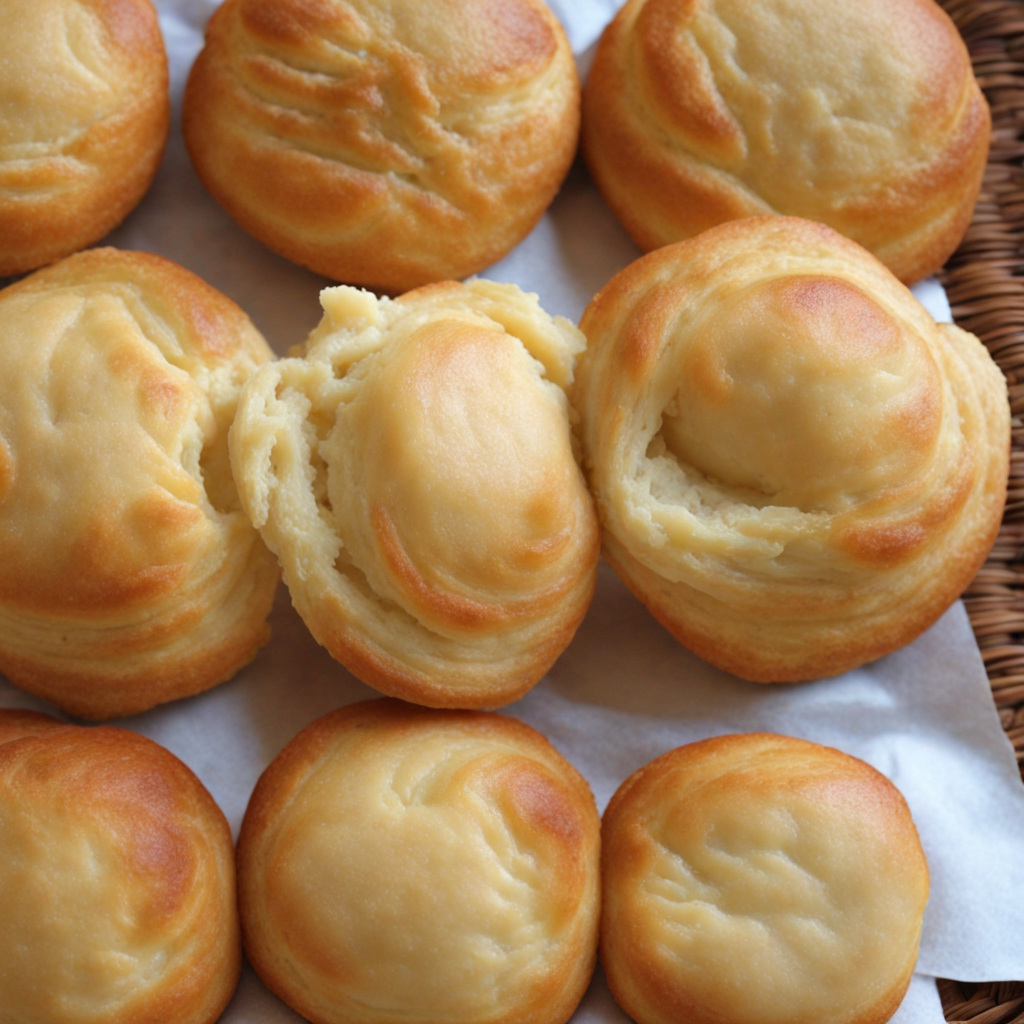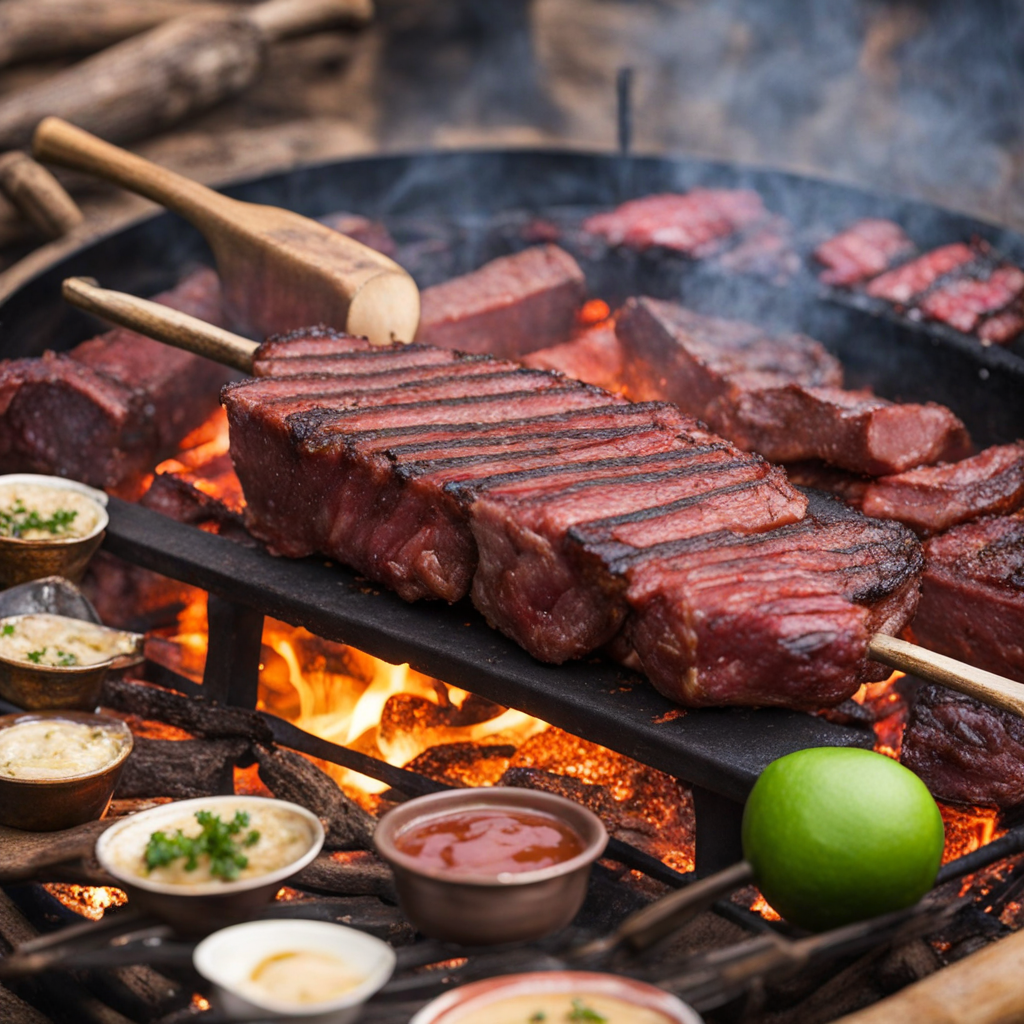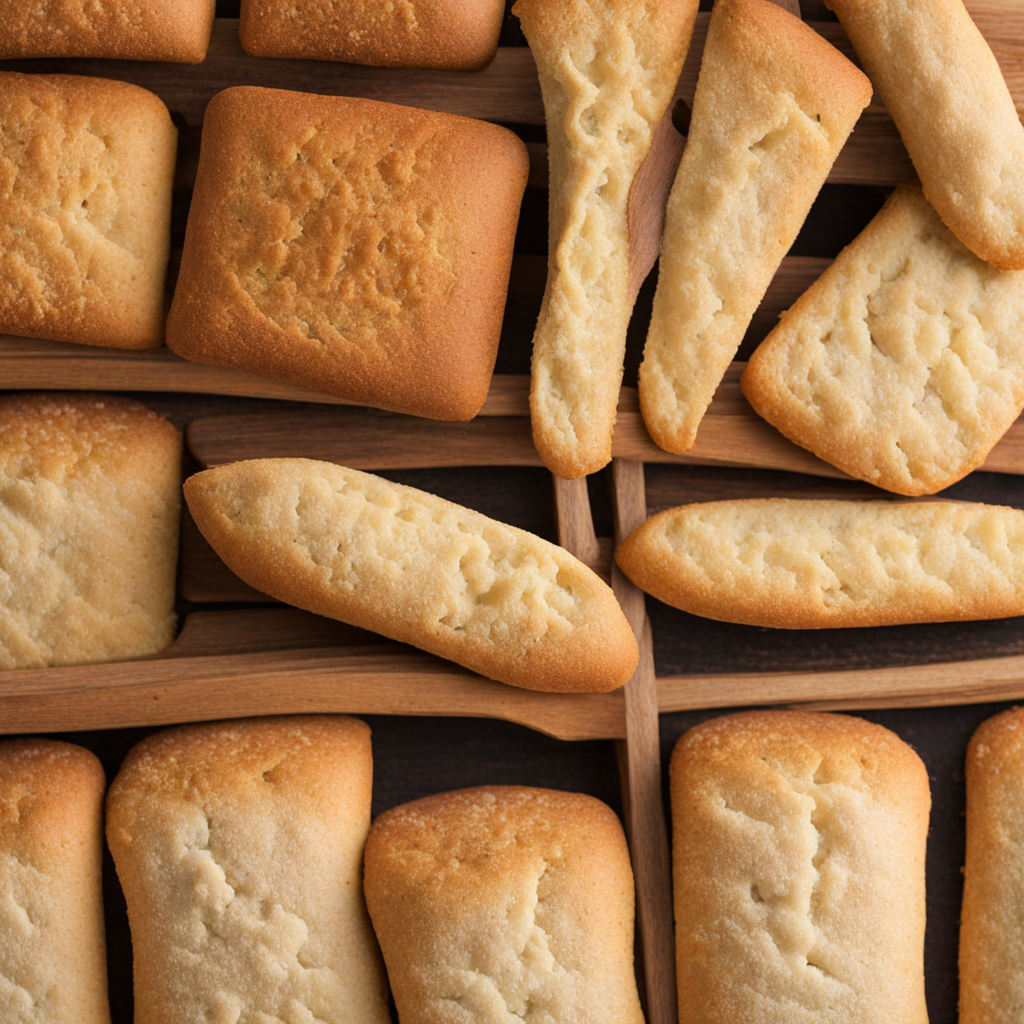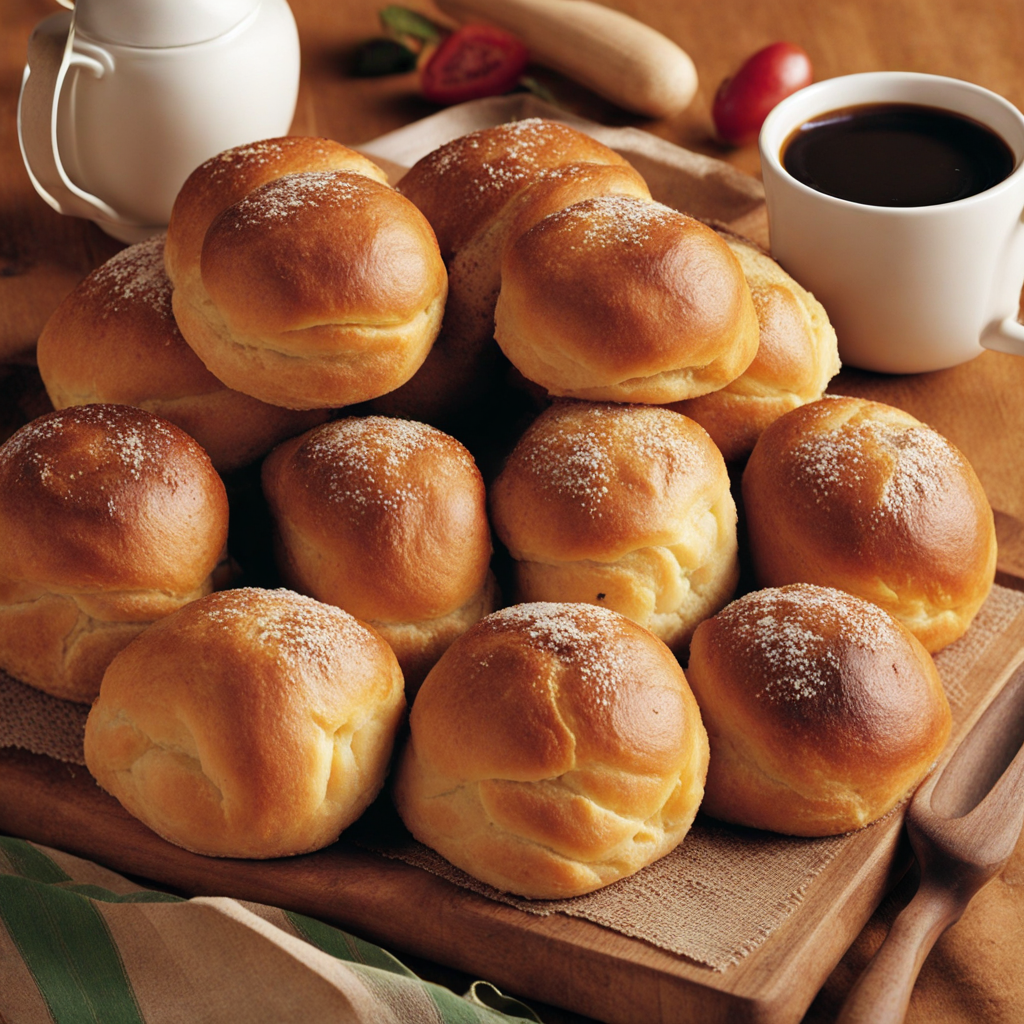Chipa Liviana
Chipa Liviana is a delightful Paraguayan snack that embodies the rich culinary traditions of the country. This unique dish is a variation of the more well-known chipa, a cheese bread typically made using manioc flour. Chipa Liviana, however, offers a lighter and fluffier texture, making it an ideal accompaniment for various meals or a perfect snack on its own. Its ingredients include a combination of manioc flour, eggs, cheese, and milk, all harmoniously blended to create a soft dough that is then shaped into small, round pieces before being baked to golden perfection. The flavor profile of Chipa Liviana is a beautiful balance of savory and slightly tangy, primarily due to the use of fresh cheese, often queso Paraguay, which gives it a distinctive taste. The aroma that wafts through the air as it bakes is simply irresistible, inviting you to savor each bite. When you take a bite, you’ll experience a delightful chewiness from the manioc flour, complemented by the richness of the cheese that fills your mouth with warmth and comfort. It’s a dish that evokes a sense of home and tradition, often enjoyed during gatherings and celebrations. This snack is not just a treat for the taste buds, but it also holds cultural significance in Paraguay, where it is often served with mate, a traditional herbal tea. Chipa Liviana is cherished for its versatility; it can be enjoyed fresh out of the oven or even as a delightful addition to breakfast or lunch. Whether you enjoy it on its own or as part of a larger meal, Chipa Liviana promises to offer a memorable taste experience that showcases the essence of Paraguayan cuisine.
How It Became This Dish
The History of Chipa Liviana: A Paraguayan Culinary Delight Chipa Liviana is a traditional Paraguayan cheese bread that has captured the hearts and palates of the nation and beyond. Though seemingly simple, its history is deeply intertwined with the cultural fabric of Paraguay, showcasing the confluence of indigenous traditions and colonial influences. This article delves into the origins, cultural significance, and evolution of Chipa Liviana, a dish that exemplifies the culinary heritage of Paraguay. #### Origins: A Fusion of Cultures The roots of Chipa Liviana can be traced back to the Guaraní people, the indigenous inhabitants of Paraguay and parts of Brazil and Argentina. The Guaraní were known for their agricultural practices, cultivating crops such as cassava (manioc), maize (corn), and various fruits. They also engaged in the production of cheese from the milk of their livestock, which included cows and goats, brought by European settlers in the 16th century. The term 'chipa' itself is derived from the Guaraní word "tchipá," which refers to a type of bread or baked good. Chipa Liviana, in particular, is a lighter version of the more traditional Chipa, which is denser and chewier. The use of cassava flour, a staple ingredient in many indigenous dishes, is central to both varieties of chipa. The process of creating Chipa Liviana is a testament to the ingenuity of the Guaraní people, who adapted their culinary practices in response to the arrival of European ingredients and cooking methods. As European colonization took hold in the 16th century, the culinary practices in Paraguay began to evolve. Spanish and Portuguese settlers introduced new ingredients, such as wheat flour, which, while not traditionally used by the Guaraní, began to blend with local ingredients in various ways. This melding of cultures created a rich tapestry of flavors and cooking techniques, which played a crucial role in the development of Chipa Liviana. #### Cultural Significance Chipa Liviana is more than just a popular snack or breakfast item; it is a symbol of national identity and cultural pride for Paraguayans. The dish embodies the spirit of communal gatherings, often enjoyed during family celebrations, religious festivities, and social events. The act of preparing and sharing Chipa Liviana is steeped in tradition, serving as a bridge between generations. In Paraguay, Chipa Liviana is commonly associated with Holy Week (Semana Santa), a time when families gather to observe religious rituals. During this period, it is customary to prepare large quantities of chipa to share with friends and family. The preparation of Chipa Liviana is often a collective effort, where family members come together to mix the ingredients and shape the dough. This communal aspect highlights the importance of family and tradition in Paraguayan culture. Chipa Liviana is also linked to the rural lifestyle of Paraguayans. Many families engage in subsistence farming, and the ingredients for Chipa Liviana—cassava flour, cheese, and eggs—are often sourced from their own farms. This connection to the land reinforces the dish's significance as a reflection of local agricultural practices and self-sufficiency. #### Ingredients and Preparation The preparation of Chipa Liviana is relatively straightforward, yet it requires a deep understanding of the ingredients and their roles. The primary components include cassava flour, cheese (typically Paraguay cheese, a fresh, crumbly cheese), eggs, and milk. Some variations incorporate butter or lard to enhance the richness of the dough. To prepare Chipa Liviana, the cassava flour is first mixed with the cheese, creating a dry mixture. Next, the eggs and milk are added, and the dough is kneaded until it reaches a soft, pliable consistency. The dough is then shaped into small balls or rings before being baked until golden brown. The result is a fragrant, cheesy bread that is light yet flavorful—a perfect accompaniment to coffee or as a standalone snack. The versatility of Chipa Liviana allows for various adaptations. Some recipes call for the inclusion of herbs, such as parsley or cilantro, while others may feature spices to reflect regional tastes. This adaptability has contributed to its widespread appeal across different demographics within Paraguay. #### Evolution Over Time Throughout the 20th and 21st centuries, Chipa Liviana has continued to evolve, reflecting changes in Paraguayan society and culinary trends. As urbanization increased and traditional rural lifestyles began to wane, the methods of preparing Chipa Liviana adapted to modern contexts. The rise of bakeries and cafes in urban areas has made this traditional dish more accessible to the general public. Moreover, globalization has introduced new culinary influences, leading to creative reinterpretations of Chipa Liviana. Chefs and home cooks alike have experimented with ingredients, incorporating flavors inspired by international cuisines. For instance, some variations now feature the addition of ingredients such as olives or sun-dried tomatoes, showcasing how Chipa Liviana can transcend its traditional boundaries while still honoring its roots. The dish has also gained recognition beyond Paraguay, thanks in part to the growing interest in Latin American cuisine worldwide. As more people become aware of Paraguayan culinary traditions, Chipa Liviana has found its way onto menus in restaurants across the globe, celebrated for its unique flavor and cultural significance. #### Conclusion: A Culinary Heritage Chipa Liviana stands as a symbol of Paraguay's rich culinary heritage, embodying the harmonious blend of indigenous and colonial influences that have shaped the nation's food culture. Its origins reflect the resourcefulness of the Guaraní people, while its cultural significance highlights the importance of family, tradition, and community in Paraguayan society. As Chipa Liviana continues to evolve, it remains a cherished dish that connects Paraguayans with their history and identity. Whether enjoyed at festive gatherings, family meals, or in cafes, Chipa Liviana serves as a reminder of the resilience and creativity of Paraguay’s culinary traditions, ensuring that this delightful cheese bread will endure for generations to come.
You may like
Discover local flavors from Paraguay







